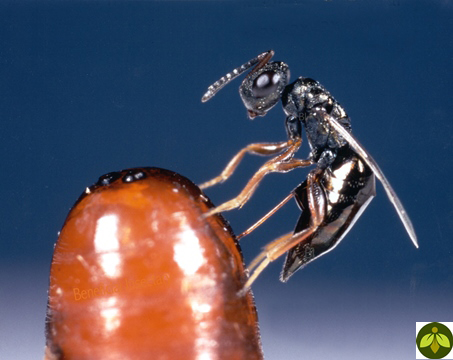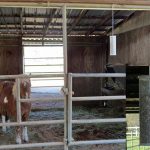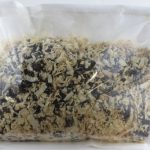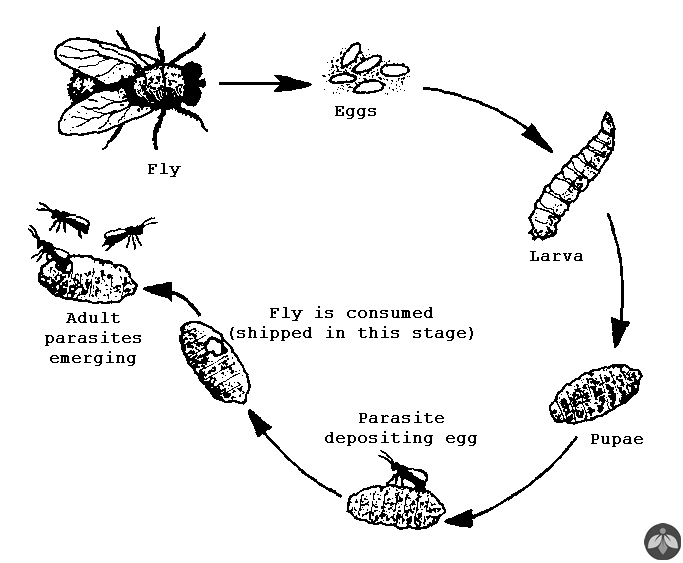General Information
 Muscidifurax raptorellus, Muscidifurax zaraptor & Spalangia cameroni are all filth-breeding fly control parasites used to prevent, control, and manage filth-breeding flies. The flies are a serious drawback to raising cattle and other operations where animal waste and detritus are prevalent.
Muscidifurax raptorellus, Muscidifurax zaraptor & Spalangia cameroni are all filth-breeding fly control parasites used to prevent, control, and manage filth-breeding flies. The flies are a serious drawback to raising cattle and other operations where animal waste and detritus are prevalent.
All sorts of filth-breeding flies — like Musca domestica, also known as the common house fly — make their home in the manure present with such an activity.
Besides regular manure management and trapping, one solution is using a filth-breeding fly parasitoid mix.
These mini-wasps are shipped as pre-parasitized fly pupae mixed in a bag containing a small amount of pine shavings as a carrier. Upon receipt you can mix the bag’s contents with more shavings so that you may find it easier to treat a larger distribution area.
In normal stable conditions, with a preference for the dry side, and only if programmed releases are followed, these nocturnal mini-wasps can adequately control many common flying insects (assuming other tactics are practiced, as mentioned above).
The wasps work by laying up to 5 eggs in each fly pupa. The wasps’ eggs hatch and the larval offspring consume the host, the developing fly, and the pupae from within (endoparasitism). New parasites emerge from the host instead of a new fly. Thus, the cycle continues.
Sprinkle the bag’s contents in and around stalls, feeding areas, manure storage sites, and, in other non-livestock worlds, compost piles, garbage, refuse disposal sites or landfills, etc. Put them in protected locations (from hooves, rain, etc.). They can also be deposited into hatching stations.
Start early in the year (early to mid-spring) with releases every 3-4 weeks, then close the interval between them as the fly season goes into full swing. It usually peaks in July-August.
To ensure success, it’s critical to follow a strict release schedule. If you don’t start early, you’ll have a tough time catching up — you’ll have to make a couple of double-size applications, at least. The reason is the flies reproduce faster than the parasites.
Flies are notorious because they often spread disease among animals and humans, creating health hazards in livestock environments. While biological control methods are helpful, other practices, such as traps, insecticides, or pesticide applications, may be necessary as part of an integrated program.
Many have great success with these parasites—though some, of course, do not. Most are pleased. Again, the mini-wasps are part of the program; trapping and sound manure management are essential.
Additionally, the successful ones get them season-long on a regular shipment schedule, which works best. Remember to make sure the timing is right.
Usages of Fly Control Products
Generally, it’s essential to confirm the presence of flies before using fly parasites, as relying on insecticides or pesticides alone may not suffice. These flies can spread disease among animals and humans, so integrating biological control methods with other solutions can be practical.
Release Rates for Fly Parasites
| Animal Type | Quantity per Animal | Frequency |
|---|---|---|
| Horses | 7,500 per every 5 horses | Distributed every 2 to 4 weeks |
| Cattle, Buffalo | 7,500 per every 5 animals | Distributed every 1 to 3 weeks |
| Goats, Sheep, Dogs | 7,500 per every 15 animals | Distributed every 2 to 4 weeks |
| Miniatures, Burros | 7,500 per every 10 animals | Distributed every 2 to 4 weeks |
| Swine | 7,500 per every 10 animals | Distributed every 1 to 2 weeks |
| Chickens, Turkeys (on wire) | 7,500 per every 2,000 birds | Distributed every 1 to 2 weeks |
| Ostriches, Emus | 7,500 per every 15 birds | Distributed every 2 to 4 weeks |
| Llamas, Alpacas | 7,500 per every 10 animals | Distributed every 2 to 4 weeks |
| Feedlots, Dairies, Zoos and all other | Please call ! |
To set up recurring shipments during the fly season, please call us at 800-477-3715!
Produced in the USA by Beneficial Insectary!
Purchase
-

Fly Parasite Hatching Station
$23.95 – $28.95 Select options This product has multiple variants. The options may be chosen on the product page -

Fly parasites for Fly Control (7,500/ 10,000/ 15,000/ 25,000)
$25.20 – $62.00 Select options This product has multiple variants. The options may be chosen on the product page

